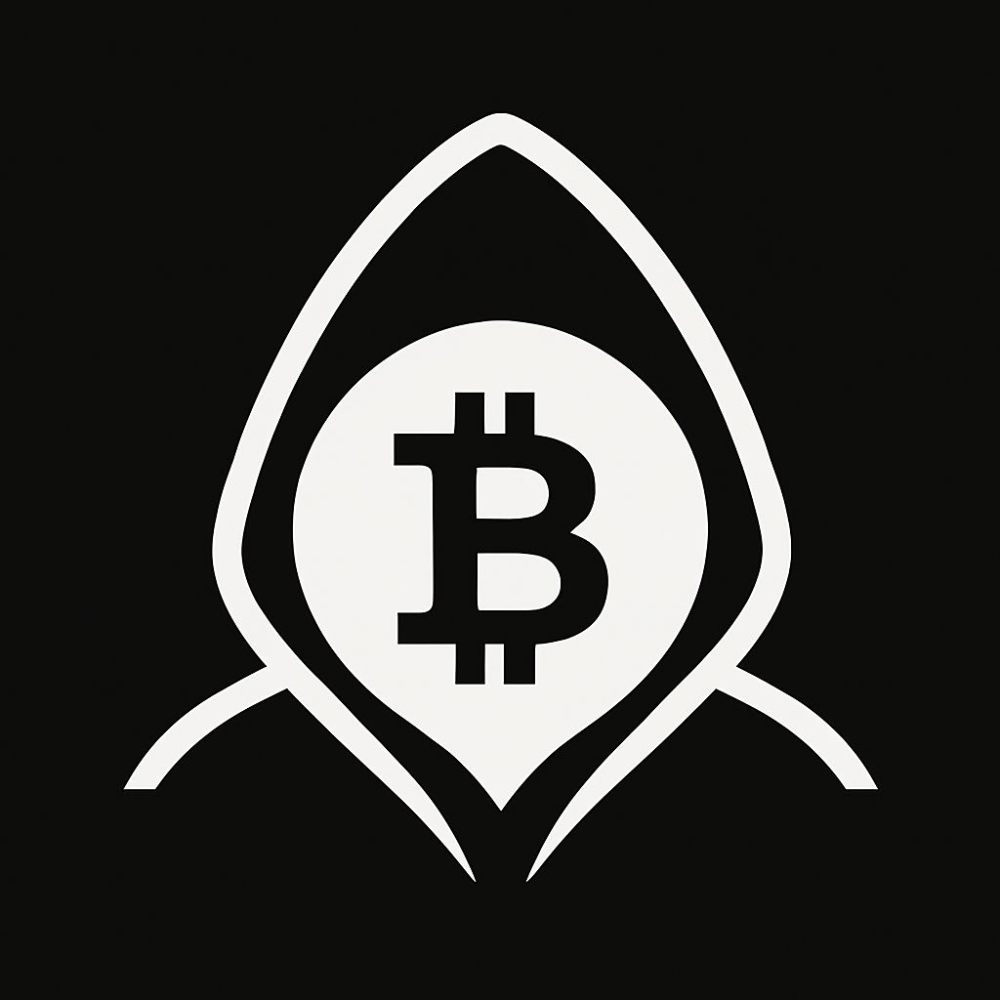How to Make Your Own Coin — A Long, Simple, Step-by-Step Guide
Want to make your own cryptocurrency coin or token? Great!
This guide will explain, in plain English, how you can create your own coin step-by-step — even if you’re not a pro developer.
What You’ll Learn
- How coins and tokens work
- Which tools you’ll need
- How to write and launch your own crypto token
- How to test it before going live
- How to list or share it safely
Step 1: Understand What You’re Creating
There are two main types of crypto assets:
- Coins — Have their own blockchain (like Bitcoin or Ethereum).
- → Making one requires building a full network — that’s advanced.
- Tokens — Use an existing blockchain (like Ethereum or Binance Smart Chain).
- → Much easier to make. You can create one using smart contracts.
If you’re new, start with a token, not a full blockchain coin.
Step 2: Choose the Blockchain
Your token will live on a blockchain. The most popular choices are:
- Ethereum (ERC-20 tokens) – trusted and widely supported, but higher fees
- Binance Smart Chain (BEP-20 tokens) – cheaper and faster
- Polygon, Avalanche, or Arbitrum – good alternatives with lower gas fees
For beginners, Binance Smart Chain or Polygon are great starting points.
Step 3: Get Your Tools Ready
You’ll need:
- MetaMask Wallet (browser extension)
- → Used to hold your crypto and connect to blockchain apps.
- Remix IDE (remix.ethereum.org)
- → Free web tool where you can write and deploy smart contracts.
- OpenZeppelin Library
- → Ready-made smart contract templates (safe and tested).
- Testnet Tokens
- → Free “fake” crypto used for testing before spending real money.
Step 4: Write a Simple Token Smart Contract
Here’s the simplest example using Solidity (the language for Ethereum-like chains).
Open Remix and create a new file called MyToken.sol, then paste this code:
// SPDX-License-Identifier: MIT
pragma solidity ^0.8.0;
import "@openzeppelin/contracts/token/ERC20/ERC20.sol";
contract MyToken is ERC20 {
constructor(uint256 initialSupply) ERC20("My Token", "MTK") {
_mint(msg.sender, initialSupply);
}
}
What this means:
"My Token"is the name of your coin"MTK"is the symbol (you can change it)initialSupplyis the total number of tokens you’ll create
Example: if you want 1 million tokens, enter 1000000 * 10**18 when deploying.
Step 5: Test Your Token on a Testnet
Never deploy directly on the main blockchain!
- Open MetaMask → switch to a test network (like “Sepolia” or “BSC Testnet”).
- Visit a testnet faucet → get some free test tokens for gas.
- In Remix → connect your MetaMask.
- Deploy your contract → enter your desired supply.
- Wait for confirmation — and you’ll get your token contract address.
- Add that address to MetaMask → you’ll see your tokens appear.
Now you can test sending tokens between wallets.
Step 6: Deploy on the Mainnet
When everything works perfectly on the testnet:
- Switch MetaMask to the main network.
- Make sure you have some real ETH or BNB to pay gas fees.
- In Remix, deploy the same contract again.
- Wait for the transaction to confirm — congratulations, your token is live!
You’ll get your contract address — that’s your coin’s permanent ID.
Step 7: Verify and Display Your Token
After deployment:
- Go to your blockchain’s explorer (like Etherscan or BscScan)
- Search your contract address
- Click “Verify and Publish” so people can view your code
- Add your token to MetaMask using the same address
Now, anyone can send or receive your token.
Step 8: Make It Tradable
If you want others to buy or trade your token:
- Go to a decentralized exchange like Uniswap or PancakeSwap
- Create a liquidity pool (pair your token with ETH, BNB, or USDT)
- Add equal values of both tokens to the pool
- Announce your token so others can find and trade it
But remember — token trading involves risk. Only add liquidity you can afford to lose.
Step 9: Think About Security and Legality
Before going public:
- Use OpenZeppelin templates — don’t copy random internet code.
- Never share your wallet’s seed phrase or private key.
- Consider getting your code audited by a professional.
- Check your local laws if you plan to raise money or sell tokens.
This keeps you and your users safe.
Step 10: Build a Purpose and Community
A coin without purpose is just code.
Think about why your token exists:
- Is it for a game or community project?
- A reward system or governance token?
- A digital asset for your brand or fans?
Then, build a small website and write a whitepaper explaining:
- What your token does
- How it works
- How people can use or earn it
Transparency builds trust.
Final Thoughts
Creating your own coin isn’t as hard as it seems.
You just need:
- The right tools
- A clear purpose
- And patience to test before launching
Remember: anyone can mint tokens, but value comes from how people use and believe in them.
So start small, learn, test — and who knows, your project could become the next big thing in crypto.





































